US Army deploys LRHW hypersonic weapon with a launch range of 2,775 km and a speed of 6,050 km/h
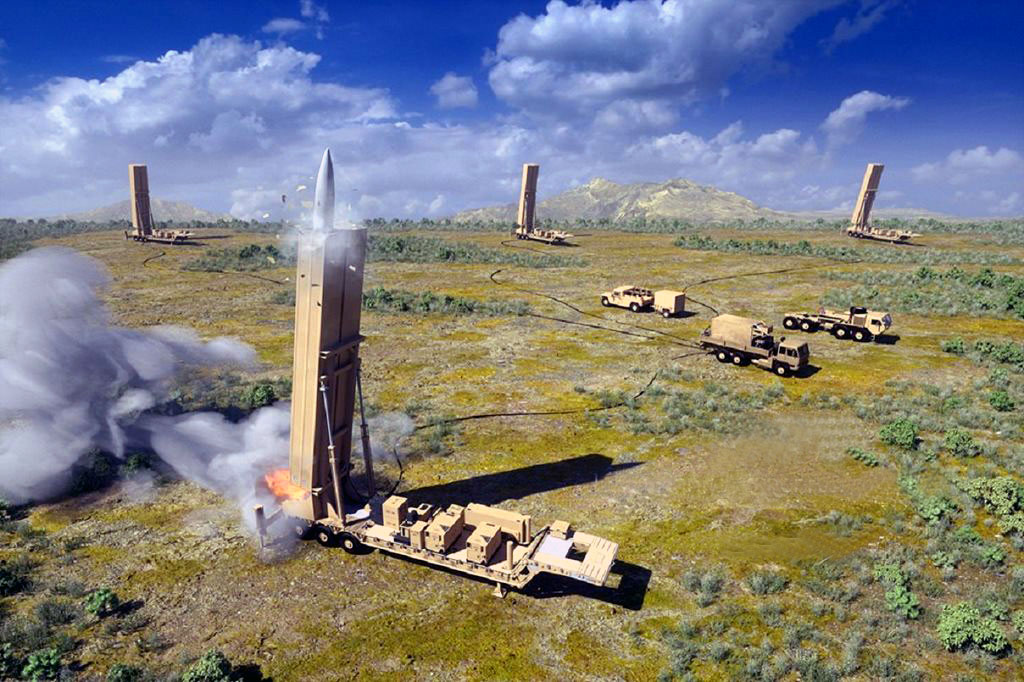
In early April 2023, we wrote about the US Army's hypersonic weapon. It is called the Long-Range Hypersonic Weapon (LRWH). Almost three weeks later some technical parameters became known.
Here's What We Know
The US Army has deployed two LRHW launchers with a total of four hypersonic missiles. This took place in strict secrecy at the end of February 2023.
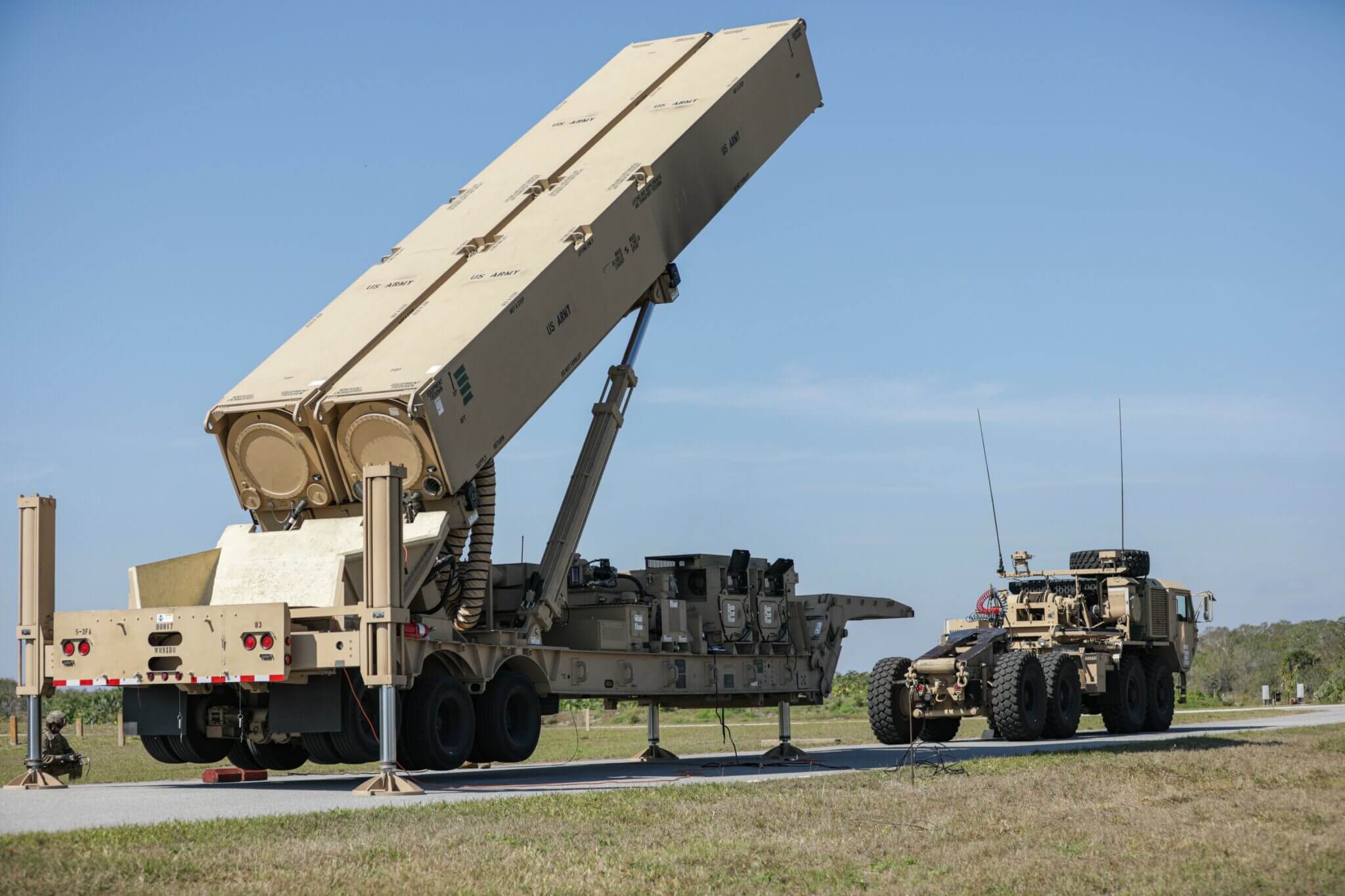
The hypersonic weapons were flown from Washington to Cape Canaveral in Florida. The LRHW was part of the 1st Multidomain Task Force, 5th Battalion, 3rd Field Artillery Regiment, U.S. Army.
LRHW is a hypersonic medium-range weapon. Earlier we wrote that the missiles can destroy targets at a distance of 2775 km. Now the information about the launch range has been confirmed.
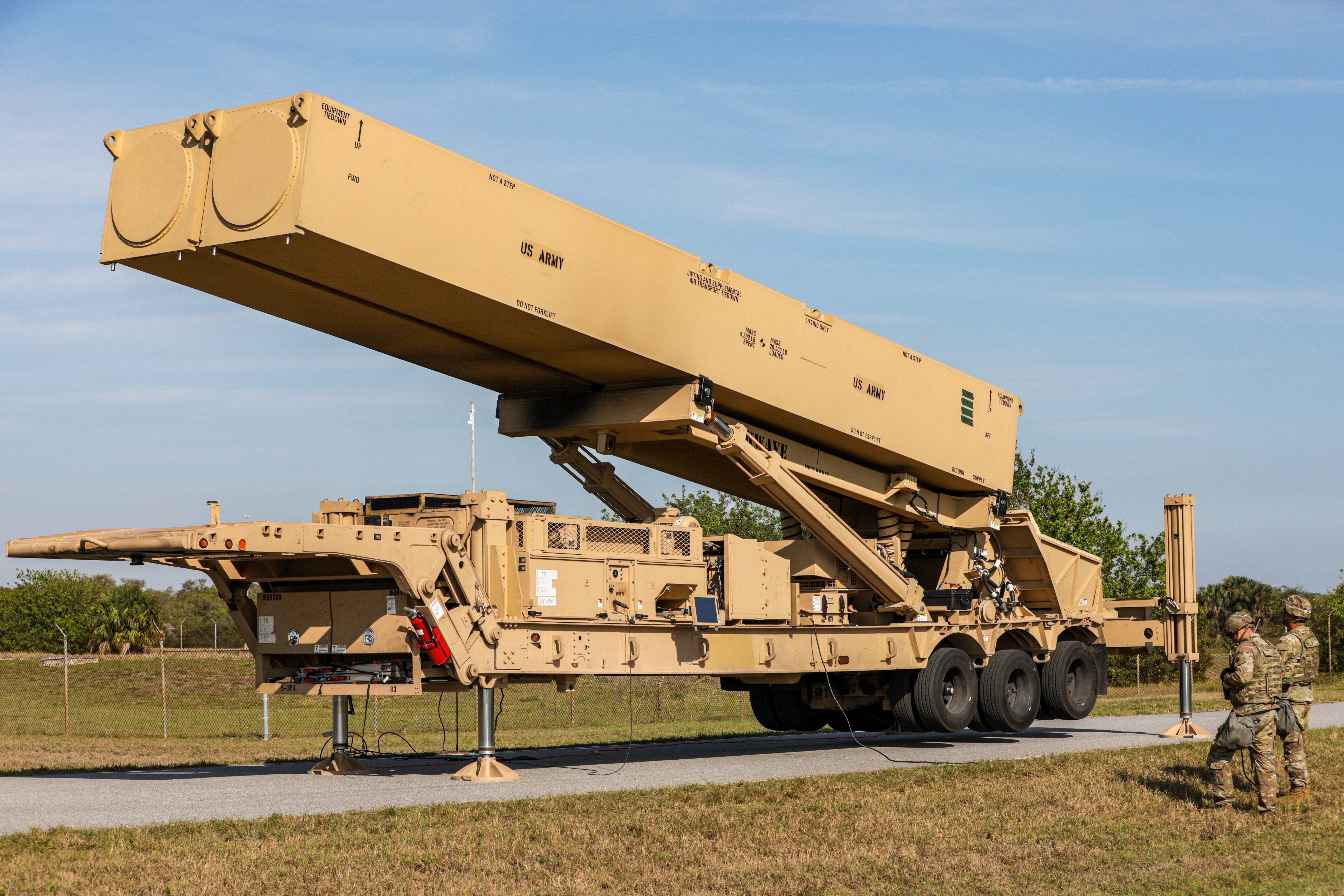
In flight, the missile can reach a speed of 6050 km/h (M=4.9). The warhead mass is not specified, but we know that LRHW cannot carry a nuclear warhead. This was deliberately done so that the US Army could react instantly to threats without restrictions and risk of escalation.
The hypersonic missile consists of an accelerator and a Common-Hysonic Glide Body (C-HGB), which separates from the main unit and attacks the target. The C-HGB's flight speed begins to decrease during the final stage of flight.
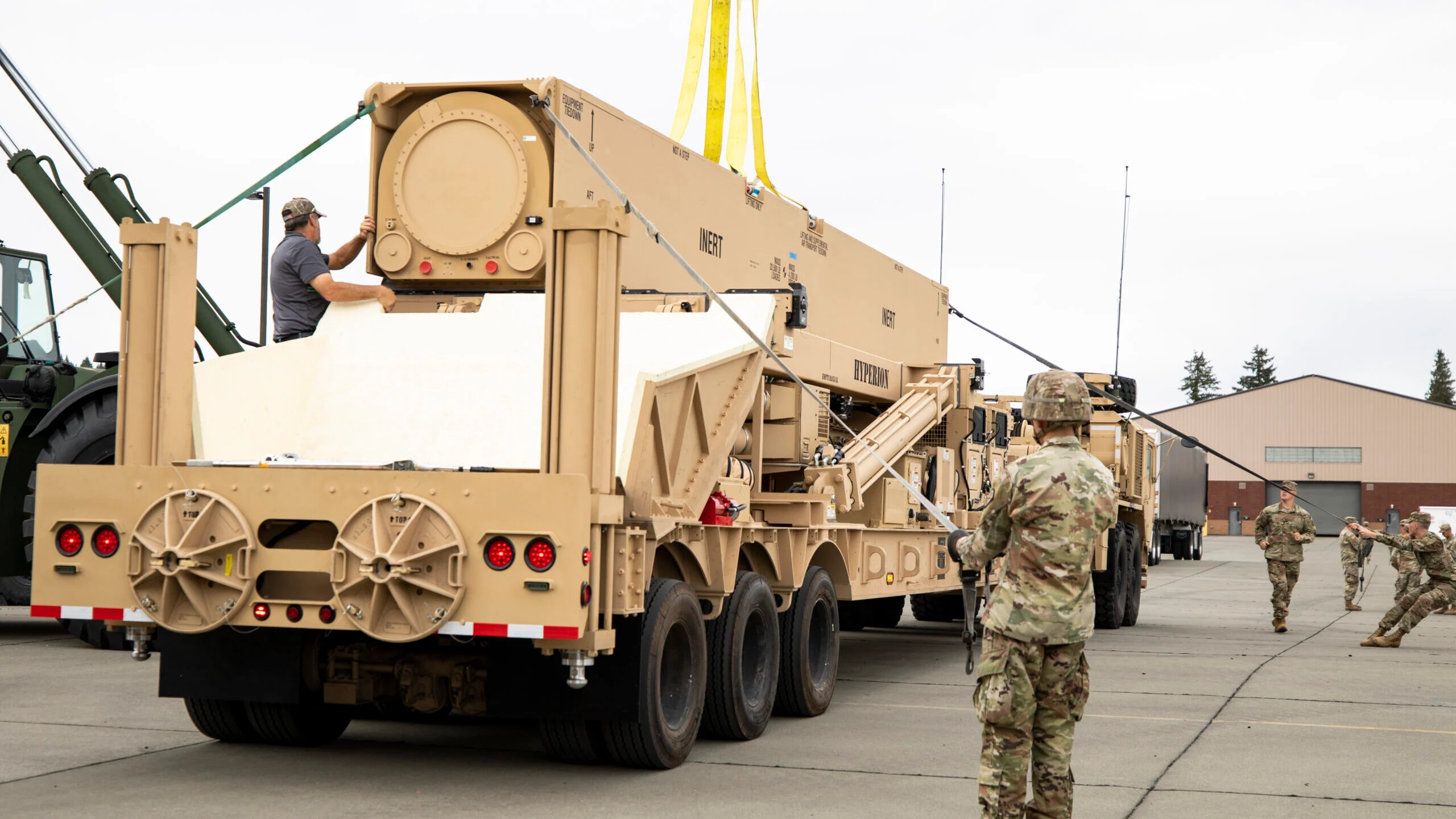
A single LRHW battery consists of four launchers, making a total salvo of eight missiles. The chassis used is an Oshkosh HEMTT A4 M983A4, similar to the Patriot surface-to-air missile system.
A Battery Operations Center (BOC) fire control vehicle is provided to control the LRHW battery. A support vehicle is used in conjunction with it. The launchers can be transported by rail and C-17 Globemaster III aircraft.
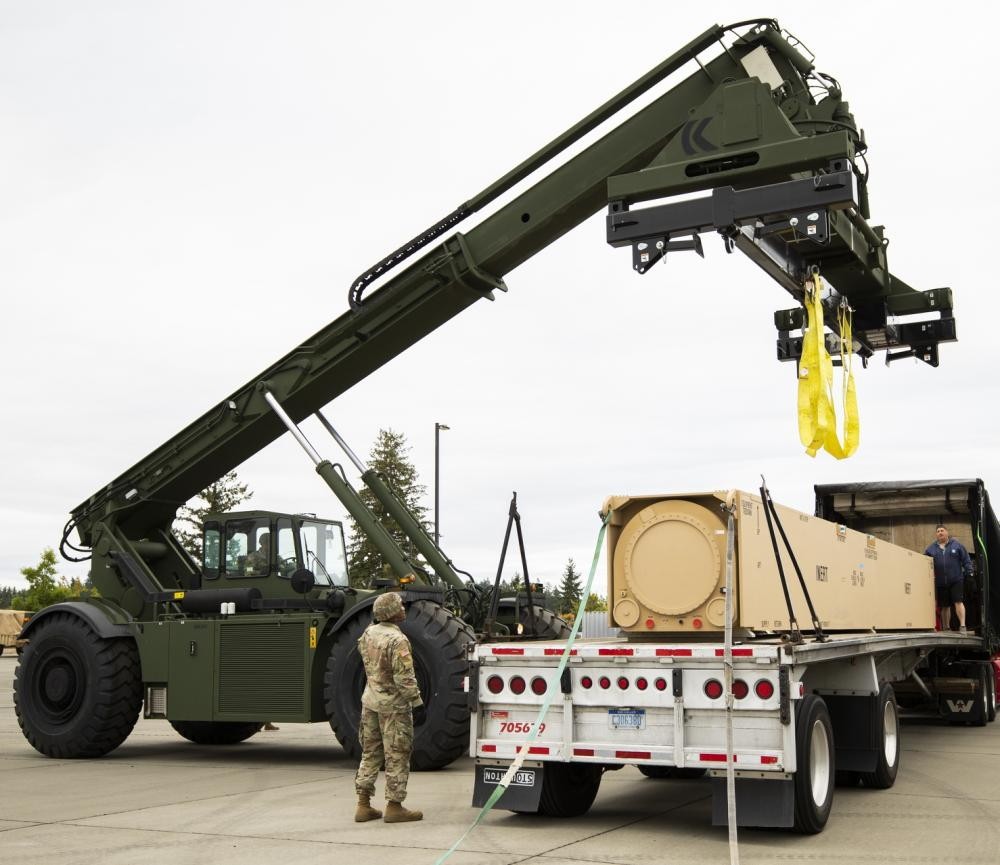
The US Army continues to develop and test the LRHW. The service has requested $944 million from the US Congress for development of hypersonic weapons for fiscal year 2024, and $157 million for procurement.
Source: Armada International